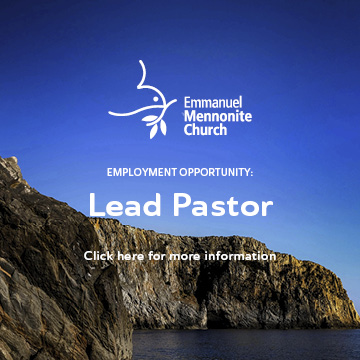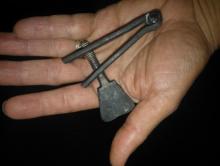October 31 in Canada and the USA is widely acknowledged as Halloween. It is marked by costumes, candy—and tales of horror. But the date has deeper historical connotations for Christians—especially Anabaptists. It also marks Reformation Day.
On that day in 1517, Martin Luther nailed his 95 theses to the door of the church in Wittenburg, Germany, and set the wheels of vast religious and social change in motion.
This grassroots movement called the Reformation spawned new social and theological communities, including the Anabaptists. One of the largest groups of Anabaptist were Mennonites. Because they were a threat to the social and religious status quo they were hunted, imprisoned, tortured, and killed by the hundreds. Their stories are recorded in Thieleman van Braght’s book, The Bloody Theatre or Martyrs Mirror.
Being drowned, beheaded, or burned at the stake was a public event, and accused Anabaptists often saw this as a chance to talk to the crowd about their strong faith. A tongue screw was often used to put an end to their speech. It consisted of two flat pieces of metal with a hinge on one end and a large hand-tightened screw at the other. The tongue was placed inside and the device was tightened. Then the tip of the tongue was burned with a hot iron, causing the tongue to swell, ensuring the device stay in place and that the victim was unable to talk.
The Bloody Theatre or Martyrs Mirror tells the story of Maeyken Wens, who was burned to death in 1573. After the crowd had dispersed, her son sifted through the ashes to retrieve the tongue screw that had been used to torture his mother. He kept the screw to remind him of her and her undying faith.
Modern times may look at October 31 through the playful pursuits of Halloween, but for Anabaptists, that day launched a time of testing that led to remarkable testimonies of faith.
See also:
“A faith to die for”
“Is it time to tell contemporary martyr stories?”







Add new comment
Canadian Mennonite invites comments and encourages constructive discussion about our content. Actual full names (first and last) are required. Comments are moderated and may be edited. They will not appear online until approved and will be posted during business hours. Some comments may be reproduced in print.